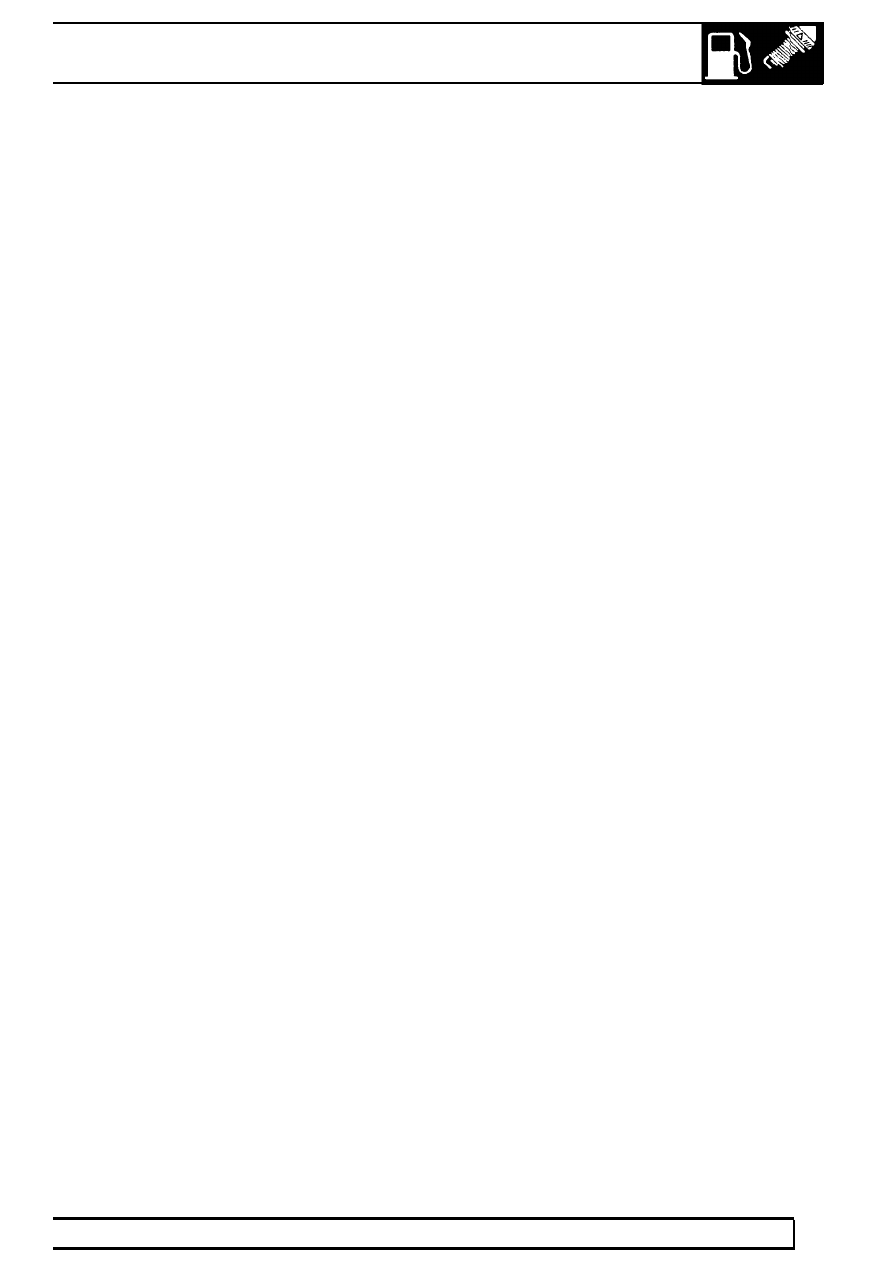Range Rover. Manual - part 96

LAND ROVER V8
51
DESCRIPTION AND OPERATION
If an injector should fail, the following symptoms may
be observed:
•
Rough running
•
Difficult starting
•
Engine misfire
•
Possible catalyst damage
•
High emissions
•
Fuelling and idle speed control adaptations
disabled
A fuel injector failure is likely to occur for the following
reasons:
•
Actuator open circuit
•
Short circuit to vehicle 12V supply or ground
•
Blocked or restricted injector
•
Low fuel pressure
If a fuel injector should fail, the following fault codes
will be generated by the ECM diagnostics, which can
be retrieved by Testbook:
Injector 1
•
P0201 - Open circuit
•
P0261 - Short circuit to ground
•
P0262 - Short circuit to battery supply
Injector 2
•
P0202 - Open circuit
•
P0264 - Short circuit to ground
•
P0265 - Short circuit to battery supply
Injector 3
•
P0203 - Open circuit
•
P0267 - Short circuit to ground
•
P0268 - Short circuit to battery supply
Injector 4
•
P0204 - Open circuit
•
P0270 - Short circuit to ground
•
P0271 - Short circuit to battery supply
Injector 5
•
P0205 - Open circuit
•
P0273 - Short circuit to ground
•
P0274 - Short circuit to battery supply
Injector 6
•
P0206 - Open circuit
•
P0276 - Short circuit to ground
•
P0277 - Short circuit to battery supply
Injector 7
•
P0207 - Open circuit
•
P0279 - Short circuit to ground
•
P0280 - Short circuit to battery supply
Injector 8
•
P0208 - Open circuit
•
P0282 - Short circuit to ground
•
P0283 - Short circuit to battery supply
All injectors
•
P0170 - High leak rate detection
•
P0300 to P0308 - Misfire detected excess
emissions - blocked or restricted injector
•
P0300 to P0308 - Misfire detected catalyst
damage - blocked or restricted injector
Specific P-code number depends on which cylinder(s)
is experiencing the fault.